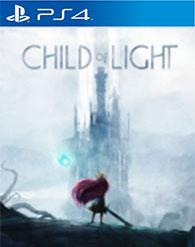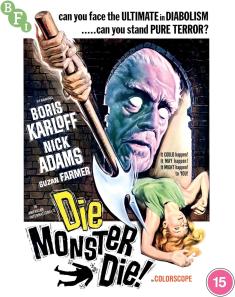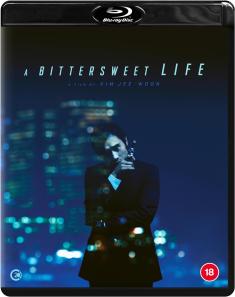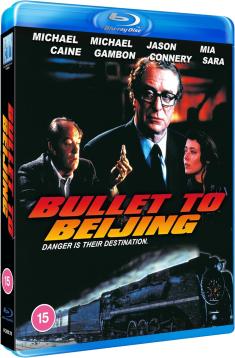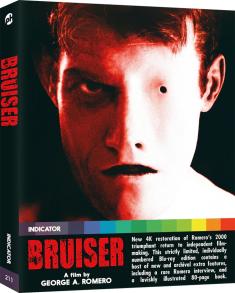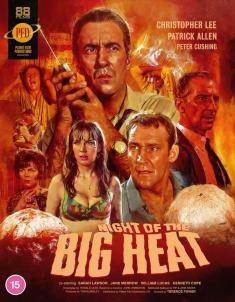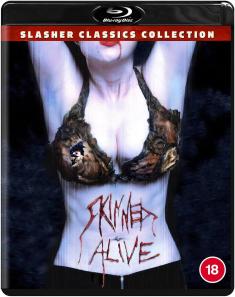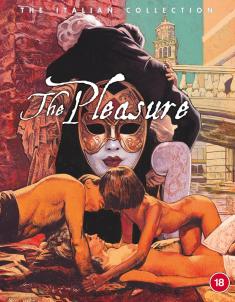Child of Light
Overview -
Ubisoft, coming off the critical success of 'Rayman Origins' and 'Rayman Legends,' seeks to kick the can down in the road of beautifully hand-drawn animation and quirky gameplay. Under the newly dubbed UbiArt Framework engine, 'Child of Light' is born. A tactical, turn-based RPG with 2D exploration, 'Child of Light' will wow anyone at first glance, and might just be the beginning of Ubisoft's devotion to smaller, more innovative titles. Indie studios should be shaking in their boots.
Video Review
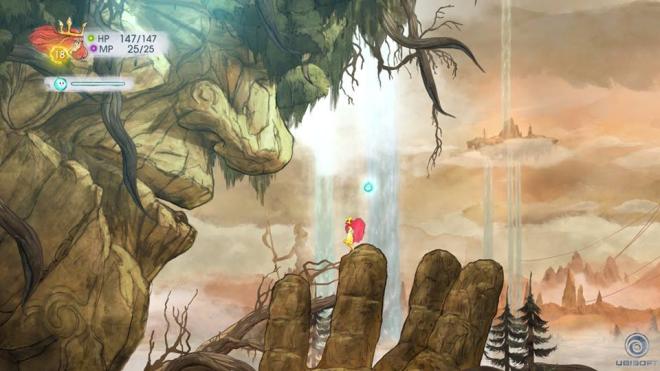
Yes, the game is gorgeous. Hand-drawn games often are, but with 'Child of Light' there's a certain water-color quality to the environments and characters that will forever keep it separate from the pack. However, and this is a big however, there seems to be no ambition beyond making it pretty. There's no depth to the world, no memorable theming or construction. It's all so utterly beautiful that I can't tell any of it apart. Nobody sat down and decided what the point of 'Child of Light' was going to be, other than that it should blow people away. It does, but not in a memorable kind of way.
Lemuria isn't so much a setting as a clever name for a setting. Aurora, despite her flowing red hair, is just a hero for hero's sake. The villain is villainous because that's what villains do. These issues might seem unconnected to the visuals, and I do attribute them in part to the lackluster writing. But the other side of that coin is the lack of confident visual direction. There's simply no sense of place and subsequently no sense of story.
Audio Review
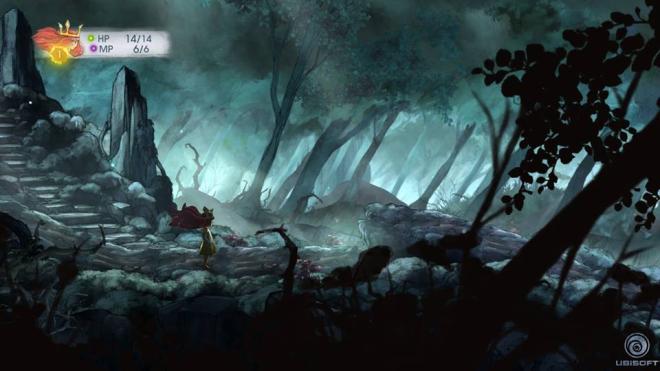
A couple sad and somber tunes hint at some deeper meaning to the story. Aurora sometimes whips out a flute to cheer up her friends. The piano's uncanny ability to reflect a darkened horizon and light onslaught of endless rain sometimes even distracted me from the words carelessly flung about. I wish this story was told in song. Alas, it was not.
What limited voice acting existed did the job, and even elevated the poetry from heart-crushing to just heart-squeezing.
Final Thoughts

I come away from 'Child of Light' more disappointed than unsatisfied. There is immense potential in Ubisoft's Framework development engine and the team behind it, and I hope they take this game as a lesson on the path to greater, more focused design. First, the gameplay is everything. The turn-based, timeline stuff is highly entertaining and, more importantly, different. Second, beautiful art doesn't make a well-constructed world. It helps, sure, but Aurora's adventure was back-dropped by a collection of still life portraits, not a living, breathing world. As a video game, you're missing the point if the player doesn't feel a part of a bigger universe. Third, poetry is for the poets.
